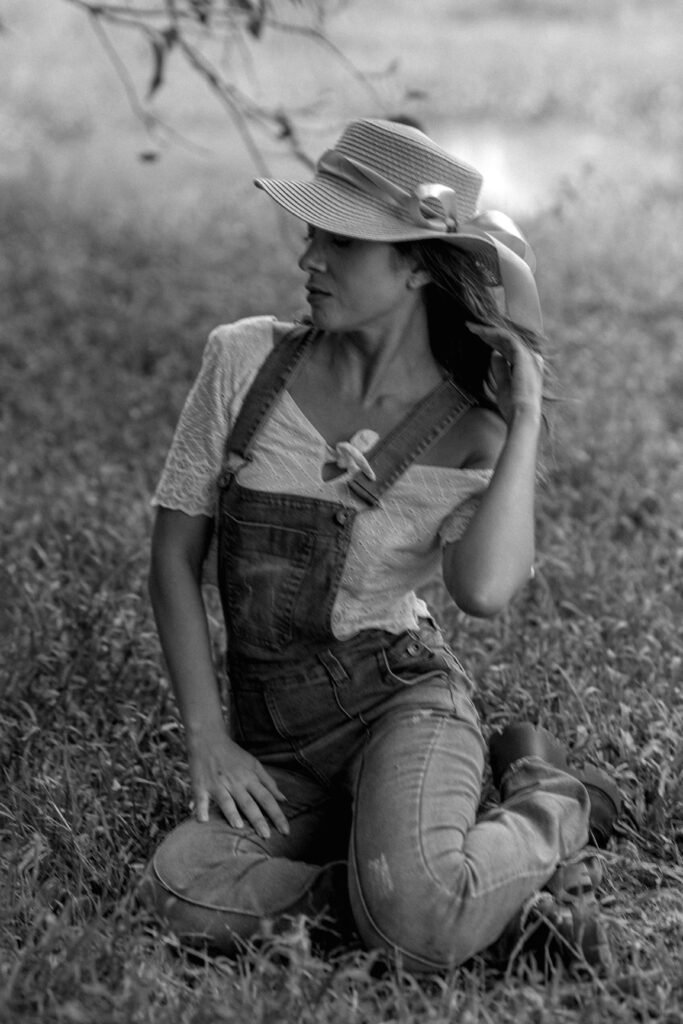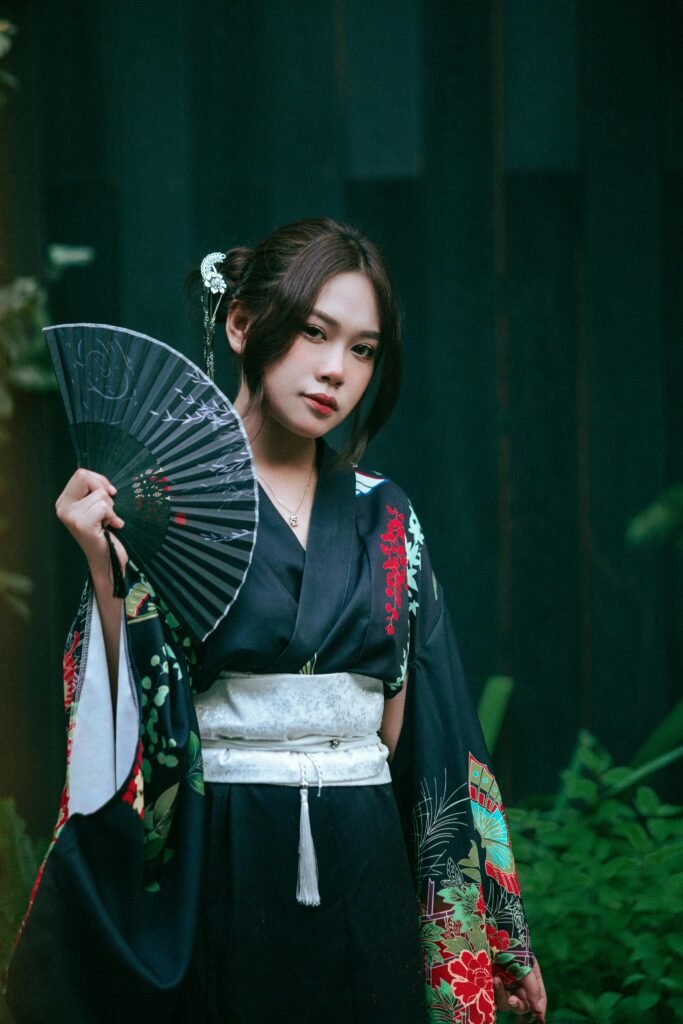Are you in search of high-quality human hair for your weave? Look no further! This article is your ultimate guide on how to identify and pick the best human hair for weaves. As you delve into the world of hair extensions, it can be overwhelming to navigate the wide array of options available. With our expert tips and suggestions, you will gain the knowledge and confidence to select the perfect human hair that will not only enhance your beauty but also provide long-lasting and natural-looking results.

This image is property of images.pexels.com.
Understanding the Different Types of Human Hair
Virgin Hair
When it comes to choosing high-quality human hair for weaves, one of the first things you should consider is the type of hair. Virgin hair is hair that has never been chemically processed or treated in any way. This means that the hair has not been permed, dyed, or straightened. Virgin hair is highly sought after because it retains its natural texture, color, and shine. It is considered to be the highest quality of human hair available and is often more expensive than other types of hair.
Remy Hair
Another type of human hair that is commonly used for weaves is Remy hair. Remy hair is collected in a specific way that ensures that the cuticles of each hair strand are intact and aligned in the same direction. This helps to minimize tangling and matting while enhancing the natural look and feel of the hair. Remy hair is also often considered to be high-quality hair because of its natural sheen and longevity.
Non-Remy Hair
Non-Remy hair is hair that has been collected from various sources and does not have its cuticles aligned in the same direction. This can lead to tangling and matting, and the hair may not have the same natural look and feel as Remy or virgin hair. Non-Remy hair is usually less expensive than other types, but it may not last as long or maintain its quality over time.
Synthetic Hair
While not technically human hair, synthetic hair is another option for weaves. Synthetic hair is made from synthetic fibers and is designed to imitate the look and feel of real hair. It can be more affordable than human hair but may not have the same natural appearance or longevity. Synthetic hair also cannot be heat styled like human hair, making it less versatile in terms of styling options.
Evaluating Hair Texture and Origin
Straight Hair
Straight hair is characterized by its smooth and sleek appearance. It is naturally straight without any waves or curls. Straight hair is relatively easy to maintain and style, making it a popular choice for those looking for a low-maintenance weave. It is important to consider the origin of straight hair, as different regions may have slightly different textures and thicknesses of straight hair.
Wavy Hair
Wavy hair falls somewhere between straight and curly hair. It has a slight wave pattern that adds texture and volume to the hair. Wavy hair can be versatile, allowing you to achieve a sleek and polished look or enhance the waves for a more beachy or tousled style. Just like with straight hair, the origin of wavy hair can affect its texture and thickness.
Curly Hair
Curly hair is known for its defined curls or coils. It can range from loose curls to tight coils, and it requires more maintenance and care than straight or wavy hair. Curly hair is often prone to frizz and can be more challenging to style, but it can also be incredibly beautiful and dynamic. When choosing curly hair for a weave, consider the curl pattern and origin to ensure that it matches your desired look.
Hair Origin
The origin of the hair refers to the region from which it is sourced. Different regions are known for producing different hair textures and qualities. For example, Brazilian hair is often associated with thick and lustrous strands, while Indian hair is known for its versatility and natural wave pattern. It is important to consider the hair’s origin when choosing a weave to ensure that the texture and quality align with your preferences.

This image is property of images.pexels.com.
Considering Hair Length and Density
Hair Length
Hair length is another important factor to consider when selecting human hair for weaves. The length of the hair can drastically affect the overall look and style of the weave. If you prefer a shorter and more manageable style, you may opt for shorter hair lengths, such as bob-length or shoulder-length hair. On the other hand, if you desire a more dramatic and flowing look, longer hair lengths, such as waist-length or even longer, may be more suitable.
Hair Density
Hair density refers to the thickness or amount of hair on a person’s head. When choosing human hair for a weave, it’s essential to consider the density to ensure that it matches your natural hair or desired look. If your natural hair is thin or sparse, selecting a weave with a similar density can help create a more seamless and natural blend. Conversely, if you desire more volume and fullness, opting for a denser weave can help achieve that desired effect.
Examining Hair Cuticles
Intact Cuticles
Intact cuticles are a crucial aspect of high-quality human hair. The cuticles are the outermost layer of the hair strand, and when they are intact, they act as a protective barrier, sealing in moisture and preventing damage. Weaves made with hair that has intact cuticles tend to have a smoother texture, enhanced shine, and reduced tangling and matting.
Damaged Cuticles
Hair with damaged cuticles can be prone to tangling, matting, and frizz. Damage to the cuticles can occur during the hair collection or processing process, as well as through excessive heat styling or chemical treatments. Weaves made with hair that has damaged cuticles may not have the same longevity or natural look and feel as those with intact cuticles.

This image is property of images.pexels.com.
Assessing Hair Strength and Elasticity
Hair Strength
Hair strength refers to the resilience and durability of the hair strands. Strong hair is less prone to breakage and can withstand styling, manipulation, and daily wear and tear. When choosing human hair for weaves, it is important to select hair that is strong and able to withstand the demands of styling and maintenance.
Hair Elasticity
Elasticity refers to the hair’s ability to stretch and return to its natural state without breaking. Healthy hair typically has good elasticity, allowing it to maintain its shape and style while still being able to withstand stretching and manipulation. When evaluating human hair for weaves, consider its elasticity to ensure that it will be able to withstand the necessary styling and maintenance without becoming damaged or broken.
Determining Hair Shedding
Minimal Shedding
Minimal shedding is an indicator of high-quality human hair. While all hair naturally sheds to some extent, weaves made with hair that has minimal shedding will maintain their fullness and density over time. Minimal shedding is a desirable characteristic as it means that the hair strands are securely attached to the weft or base of the weave.
Excessive Shedding
Excessive shedding is a red flag when it comes to human hair for weaves. Excessive shedding can indicate poor quality or improper handling of the hair during the collection or processing process. Weaves made with hair that experiences excessive shedding may not last as long and can leave you with a thinning or sparse-looking weave.
Checking for Tangling and Matting
Minimal Tangling
Minimal tangling is another important aspect to consider when choosing human hair for weaves. Tangles can be frustrating to deal with and can lead to hair breakage and damage when trying to detangle them. Weaves made with human hair that experiences minimal tangling will be easier to manage and maintain, allowing you to enjoy a seamless and hassle-free styling experience.
Matting and Tangling
On the other hand, weaves made with hair that is prone to matting and tangling can be challenging to care for and style. Matting occurs when the hair strands become entangled and form large knots, which can be difficult to remove without causing damage to the weave or the natural hair underneath. Avoiding hair that is prone to matting and tangling can help ensure a more enjoyable and manageable weave experience.
Evaluating Hair Color and Dyeability
Natural Hair Color
The natural color of the hair is another consideration when selecting human hair for weaves. If you prefer to wear your hair in its natural color, choosing a weave that closely matches your natural shade will help create a seamless and natural-looking blend. Alternatively, if you prefer to experiment with different hair colors, opting for a weave with a lighter or more neutral base color can provide a versatile canvas for dyeing and coloring.
Ability to Dye
If you enjoy changing up your hair color frequently, it is important to consider the hair’s dyeability when selecting human hair for weaves. Some hair types or processing techniques are more resistant to dyeing or may not hold color as well as others. If dyeing is a priority for you, look for hair that is labeled as dye-friendly or consult with a professional hairstylist to determine the best options for achieving your desired color.
Understanding Hair Processing Techniques
Chemical Processing
Chemical processing involves treating the hair with various chemical solutions to achieve a desired texture or color. This can include processes like perming, relaxing, or coloring the hair. When choosing human hair for weaves, consider the type and extent of chemical processing it has undergone. Excessive or harsh chemical processing can weaken the hair strands and affect their quality and longevity.
Steam Processing
Steam processing is a more gentle and natural method of achieving desired hair textures. In this process, the hair is steam-treated to create or enhance its natural wave or curl pattern. Steam-processed hair tends to have a more natural look and feel and can be a good option for those looking for a more organic and low-maintenance weave.
Cuticle Alignment
Cuticle alignment refers to the orientation of the hair cuticles on the hair strands. Proper cuticle alignment ensures that the cuticles all lay in the same direction, reducing tangling and matting. When selecting human hair for weaves, look for hair with cuticles that are aligned, as this will contribute to a more natural and manageable weave.
Examining Price and Quality
Price Factors
Price is often a significant consideration when it comes to choosing human hair for weaves. The price of human hair can vary based on factors such as the type of hair, its origin, the processing techniques used, and the overall quality. While it may be tempting to opt for the most affordable option, keep in mind that higher-quality hair typically comes with a higher price tag. Investing in higher-quality hair can result in a longer-lasting and more satisfactory weave experience.
Assessing Quality
Assessing the quality of human hair for weaves requires considering several factors, including the type of hair, its origin, texture, cuticle alignment, strength, shedding, and overall longevity. It is important to thoroughly research and evaluate these factors to ensure that the hair meets your expectations and requirements. Additionally, reading reviews and seeking professional advice can help guide you in selecting high-quality human hair for weaves.
When it comes to choosing human hair for weaves, understanding the different types of hair, evaluating its texture and origin, considering length and density, examining cuticles, assessing strength and elasticity, determining shedding and tangling, evaluating color and dyeability, understanding processing techniques, and considering price and quality are all crucial aspects. By taking these factors into account, you can make an informed decision and select the best human hair for your weaves that will provide you with a long-lasting and beautiful result.
